一、同源页面通信方案
1. Broadcast Channel API
实现原理:创建命名频道实现多页面订阅发布机制
// 页面A
const bc = new BroadcastChannel('app_channel');
bc.postMessage({ type: 'UPDATE', data: 'new' });
// 页面B
const bc = new BroadcastChannel('app_channel');
bc.onmessage = (e) => {
console.log('Received:', e.data);
};
优点:API简洁,支持任意数量页面通信
缺点:IE不支持,移动端兼容性需注意
2. LocalStorage 事件
实现原理:利用 storage 事件监听数据变化
// 页面A
localStorage.setItem('shared_data', JSON.stringify(payload));
// 页面B
window.addEventListener('storage', (e) => {
if (e.key === 'shared_data') {
const data = JSON.parse(e.newValue);
// 处理数据
}
});
优点:兼容性好(IE8+)
缺点:需要同源,无法直接通信,仅能传递字符串
3. SharedWorker
实现原理:使用 Web Worker 实现共享后台线程
// worker.js
const ports = [];
onconnect = (e) => {
const port = e.ports[0];
ports.push(port);
port.onmessage = (e) => {
ports.forEach(p => p !== port && p.postMessage(e.data));
};
};
// 页面脚本
const worker = new SharedWorker('worker.js');
worker.port.start();
worker.port.onmessage = (e) => {
console.log('Received:', e.data);
};
优点:支持复杂场景,可跨浏览器窗口通信
缺点:实现复杂度较高,需要处理连接管理
二、不同源页面通信方案
1. Window.postMessage + Origin 验证
实现原理:通过窗口引用发送消息
// 父页面
childWindow.postMessage('secret', 'https://trusted.com');
// 子页面
window.addEventListener('message', (e) => {
if (e.origin !== 'https://parent.com') return;
console.log('Received:', e.data);
});
优点:官方推荐跨域方案
缺点:需要维护窗口引用,存在安全风险需严格验证 origin
2. 服务端中转方案
实现原理:通过服务器进行消息桥接
// 通用模式 页面A -> WebSocket -> Server -> WebSocket -> 页面B
优点:突破所有浏览器限制
缺点:增加服务器开销,需要设计通信协议
三、父子框架通信方案
1. Window.postMessage
<!-- 父页面 -->
<iframe id="child" src="child.html"></iframe>
<script>
document.getElementById('child')
.contentWindow.postMessage('ping', '*');
</script>
<!-- 子页面 -->
<script>
window.addEventListener('message', (e) => {
e.source.postMessage('pong', e.origin);
});
</script>
2. Channel Messaging API
// 父页面
const channel = new MessageChannel();
childFrame.postMessage('handshake', '*', [channel.port2]);
channel.port1.onmessage = (e) => {
console.log('Child says:', e.data);
};
// 子页面
window.addEventListener('message', (e) => {
const port = e.ports[0];
port.postMessage('connected');
});
优点:建立专用通信通道
缺点:需要处理端口传递
四、方案对比与选型建议
| 方案 | 适用场景 | 数据量 | 实时性 | 兼容性 |
|---|---|---|---|---|
| BroadcastChannel | 同源多页 | 中小型 | 高 | 主流浏览器 |
| LocalStorage | 简单数据同步 | 小型 | 中等 | IE8+ |
| SharedWorker | 复杂应用状态管理 | 中大型 | 高 | 现代浏览器 |
| Window.postMessage | 跨域/框架通信 | 中小型 | 高 | IE10+ |
| WebSocket | 实时跨域通信 | 大型 | 极高 | IE10+ |
选型建议:
- 同源简单场景优先使用 BroadcastChannel
- 需要兼容旧浏览器考虑 LocalStorage
- 跨域通信必须使用 postMessage + Origin 验证
- 高频复杂通信建议使用 SharedWorker 或 WebSocket
五、安全注意事项
- 跨域通信必须严格验证 origin
- 敏感操作建议增加 CSRF Token
- 消息内容需要做合法性校验
- 使用 try-catch 处理可能的消息异常
通过合理选择通信方案,结合安全防护措施,可以构建高效可靠的前端跨页面通信系统。具体实现时需根据项目需求、目标浏览器和性能要求进行技术选型。
到此这篇关于前端实现跨页面通信的最全实现方案指南的文章就介绍到这了,更多相关前端跨页面通信内容请搜索脚本之家以前的文章或继续浏览下面的相关文章希望大家以后多多支持脚本之家!
来源链接:https://www.jb51.net/javascript/339305b73.htm
© 版权声明
本站所有资源来自于网络,仅供学习与参考,请勿用于商业用途,否则产生的一切后果将由您(转载者)自己承担!
如有侵犯您的版权,请及时联系3500663466#qq.com(#换@),我们将第一时间删除本站数据。
如有侵犯您的版权,请及时联系3500663466#qq.com(#换@),我们将第一时间删除本站数据。
THE END



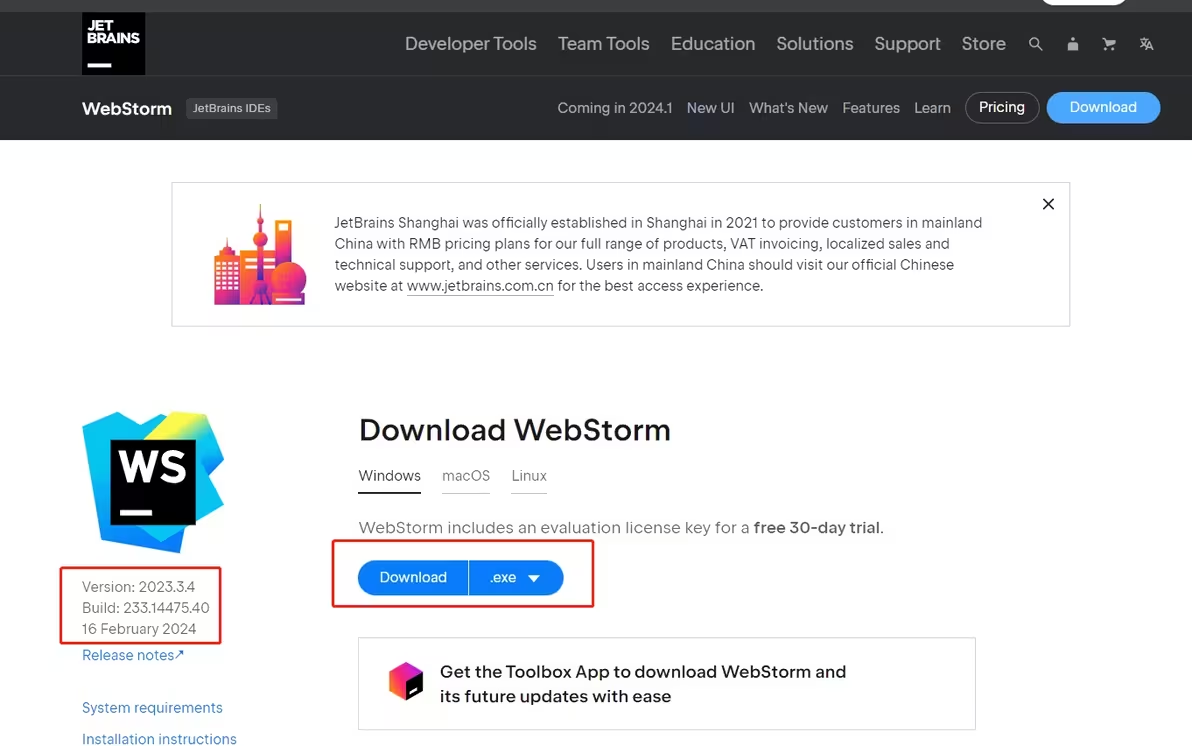

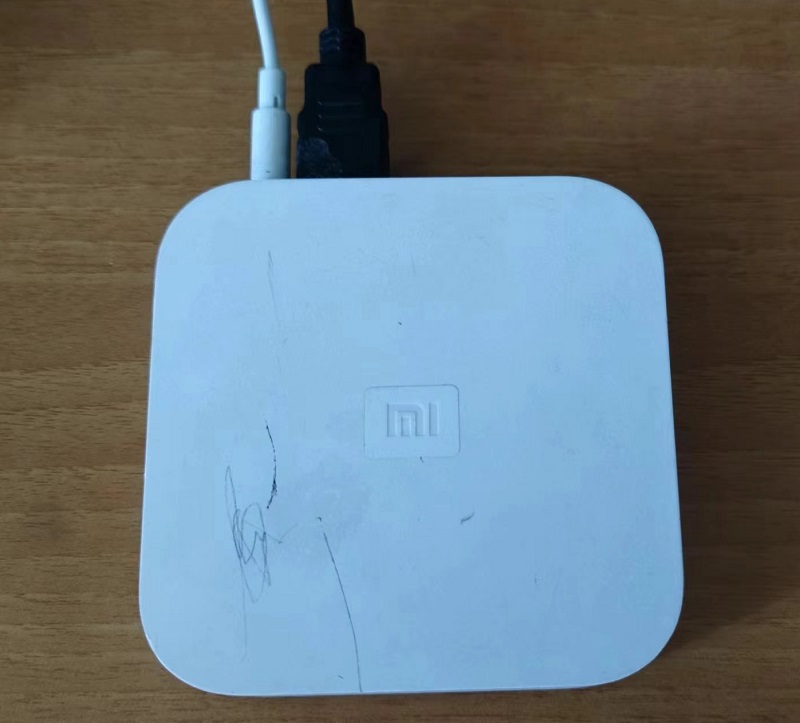
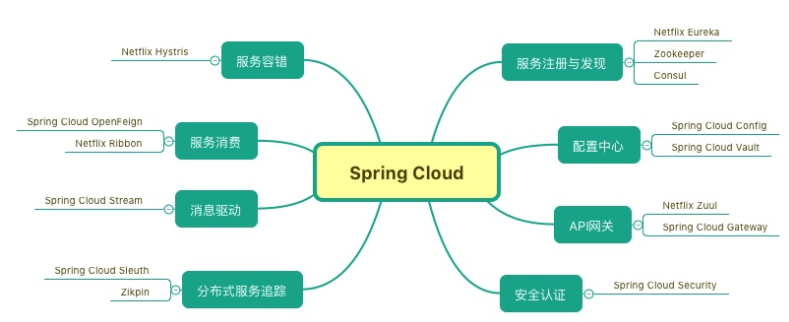
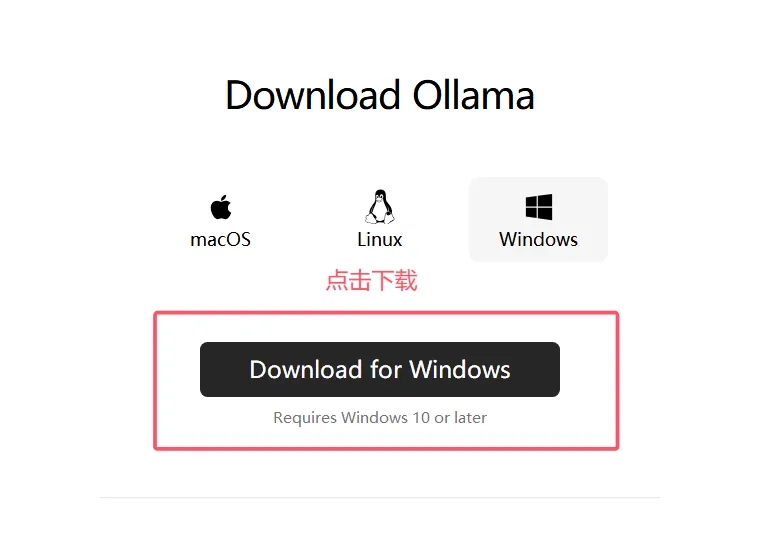



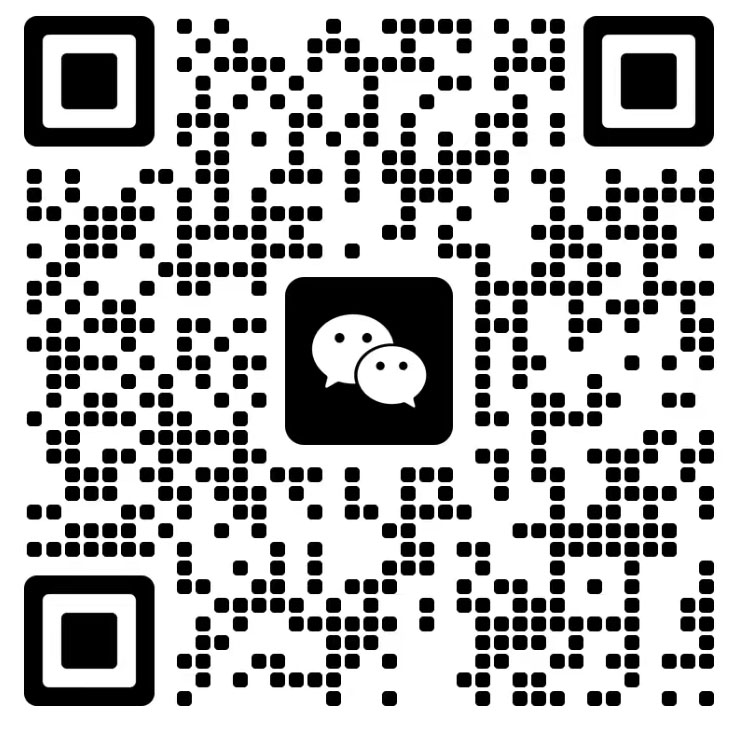
暂无评论内容